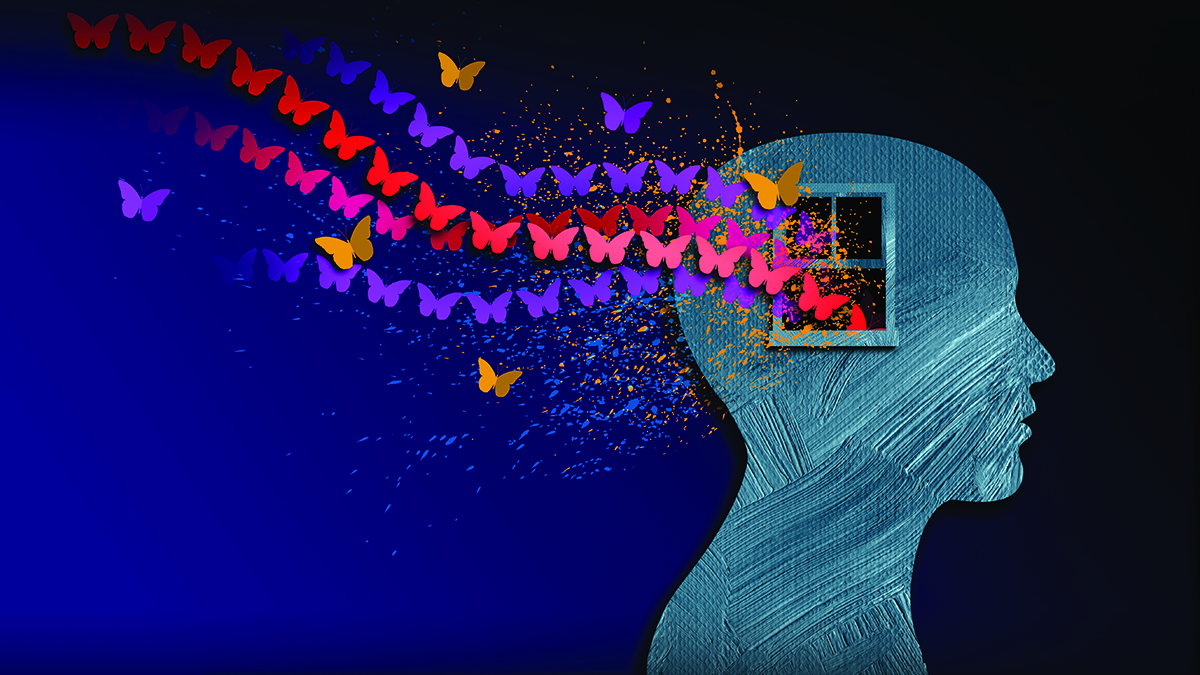feature
Windows Into Thinking
Scaffolding scientific explanations helps overcome barriers to writing
Science and Children—July/August 2022 (Volume 59, Issue 6)
By Kenneth Fleming, Allison Esparza, Beverly Irby, Rafael Lara-Alecio, Fuhui Tong, and Cindy Guerrero

Teaching Through Trade Books
Energy: A Wild Ride
Science and Children—July/August 2022 (Volume 59, Issue 6)
By Christine Anne Royce
feature
What Do You Know About Soil?
Using Ideas Inventory Probes
Science and Children—July/August 2022 (Volume 59, Issue 6)
By Page Keeley
The Early Years
What If?
Supporting scientific literacy with young children through connections with our Earth
Science and Children—July/August 2022 (Volume 59, Issue 6)
By Alissa A. Lange
Early Childhood Resources Review
Media Literacy for Young Children
Science and Children—July/August 2022 (Volume 59, Issue 6)
By Laura Weilert
The Poetry of Science
Fostering Scientific Literacy with Poetry
Science and Children—July/August 2022 (Volume 59, Issue 6)
By Sylvia Vardell and Janet Wong
Editor's Note
Fostering Scientific Literacy
Science and Children—July/August 2022 (Volume 59, Issue 6)
By Elizabeth Barrett-Zahn
Press Release
Middle School Teams Win 20th Annual eCYBERMISSION Competition
Teams Oh, Deer!, Plastic Patrol, OMg, and Busy Bee Tech were named National Winners, each student taking home the $10,000 U.S. EE Savings Bond prize.
Research & Teaching
Impact of a Co-Taught Physics Course on Preservice Science Teachers’ Views of Teaching and Learning of Physics
Journal of College Science Teaching—July/August 2022 (Volume 51, Issue 6)
By Kadir Demir, Brett Criswell, and William Stoll
This article focuses on the impact of a physics class on secondary science teacher candidates’ views of teaching and learning physics. The course was developed and taught by faculty from the Department of Astronomy and Physics and the College of Education and integrated physics content with a conceptual change pedagogical approach. Candidates’ views gathered in pre- and postcourse interviews were analyzed along a continuum from teacher-centered canonical to student-centered refinement, which represented a progression from not giving any attention to students’ ideas in thinking about what effective teaching and learning represent to recognizing the need to build scientific knowledge from students’ ideas. Candidates showed a shift from the beginning of the course to the end, with 12 of the 14 candidates expressing student-centered views in the postcourse interviews and 8 presenting views commensurate with the refinement level. We describe several factors that were identified as responsible for this shift and offer suggestions about how to replicate those factors across multiple contexts so others may design learning experiences to produce similar outcomes.
This article focuses on the impact of a physics class on secondary science teacher candidates’ views of teaching and learning physics. The course was developed and taught by faculty from the Department of Astronomy and Physics and the College of Education and integrated physics content with a conceptual change pedagogical approach.
This article focuses on the impact of a physics class on secondary science teacher candidates’ views of teaching and learning physics. The course was developed and taught by faculty from the Department of Astronomy and Physics and the College of Education and integrated physics content with a conceptual change pedagogical approach.
Research & Teaching
Using Structured Decision-Making in the Classroom to Promote Information Literacy in the Context of Decision-Making
Journal of College Science Teaching—July/August 2022 (Volume 51, Issue 6)
By Jenny M. Dauer, Amanda E. Sorensen, and P. Citlally Jimenez
An important facet of college students’ science literacy and job market preparation is developing skills for finding and applying information to decision-making about complex real-world problems. We developed a multidisciplinary science course to support development of these skills using a decision-making framework based on normative models of structured decision-making. Students practiced decision-making skills in the context of several socioscientific issue modules. We documented a postcourse increase in students’ self-efficacy for finding, evaluating, and using technical information in decision-making. We also review prior findings that articulate potential beneficial student learning outcomes as a result of this teaching approach. This course may provide a model for introductory courses to better align with institutional goals for science literacy and critical-thinking.


